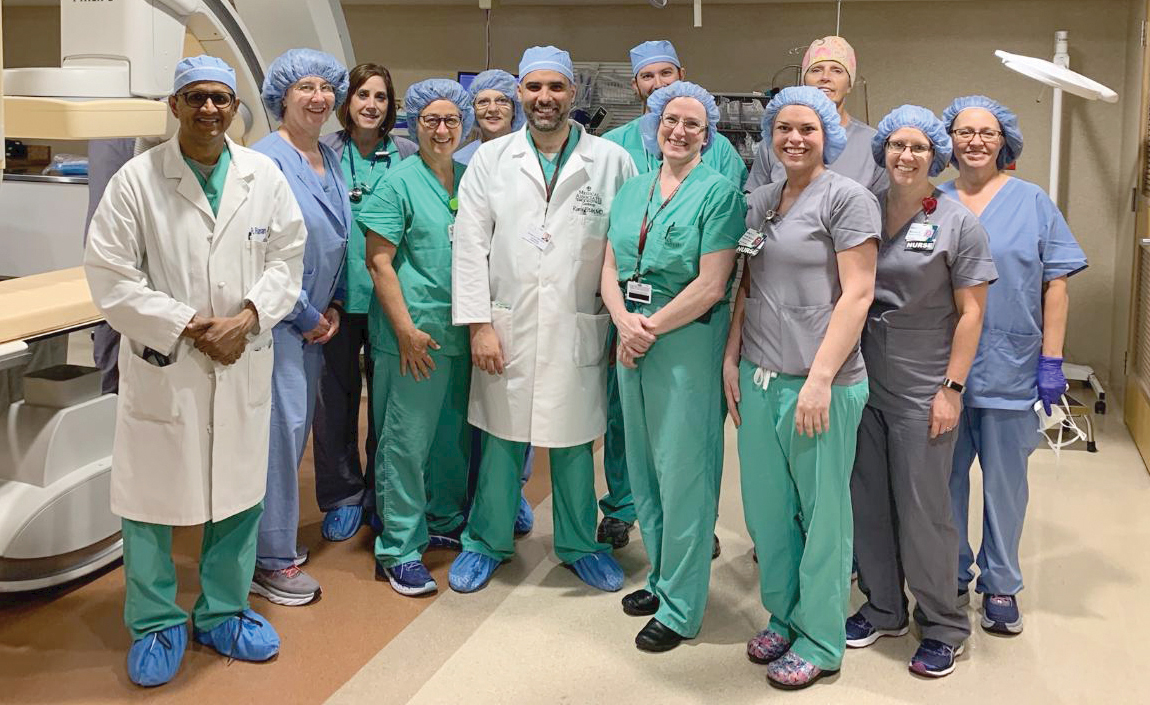by Elizabeth Kelsey
When Mary Jane Ley went in for a routine physical in 2018 prior to minor eyelid surgery, her doctor told her something she already knew: she had a heart murmur. “I said, ‘Yes, I know I do,’” said the 81-year-old resident of Potosi, Wis. “But they said, ‘No, you have a bigger heart murmur.’”
The results of a cardiogram confirmed that Ley had aortic stenosis. One of the valves in her heart was narrowing, limiting blood flow and increasing her risk of heart failure. It would need to be replaced. “I had noticed I was more tired, but I just assumed it was age,” she said. “I probably wouldn’t have gone to the doctor if I hadn’t had to have that physical. I honestly believe I probably wouldn’t have lived.”
Ley’s age would have made open-heart surgery a risky procedure. So, too, would her history of skin cancer and the surgery to remove nodular melanoma she underwent in July 2019. But thanks to a team effort from cardiologists and cardiovascular surgeons at Medical Associates, she had the valve successfully replaced in October 2019 – just three months after her cancer surgery – in a minimally invasive procedure known as transcatheter aortic valve replacement (TAVR).
To read this and other premium articles in their entirety, pickup the February 2020 issue of Julien’s Journal magazine. Click to subscribe for convenient delivery by mail, or call (563) 557-1914. Single issues are also available in print at area newsstands and digitally via the Issuu platform.





Comment here